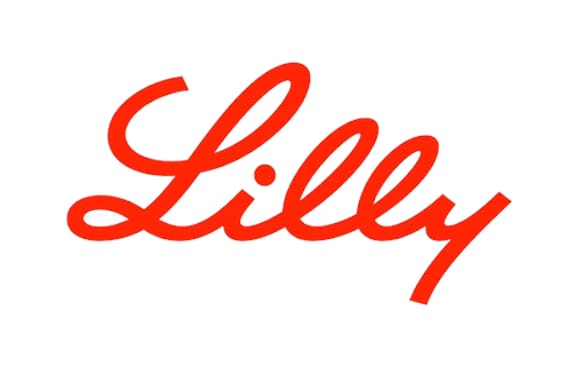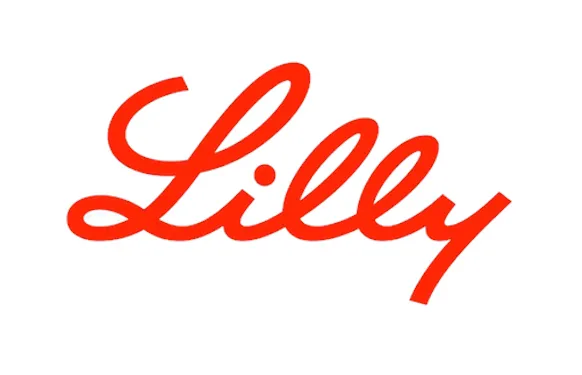INDIANAPOLIS — Eli Lilly and Co. announced price reductions of 70% for its most commonly prescribed insulins and an expansion of its Insulin Value Program that caps patient out-of-pocket costs at $35 or less per month. Lilly is taking these actions to make it easier to access Lilly insulin and help Americans who may have difficulty navigating a complex healthcare system that may keep them from getting affordable insulin.

Today, Lilly is reducing the list price of insulins by:
- Cutting the list price of its non-branded insulin, Insulin Lispro Injection 100 units/mL, to $25 a vial. Effective May 1, 2023, it will be the lowest list-priced mealtime insulin available, and less than the price of a Humalog vial in 1999.
- Cutting the list price of Humalog (insulin lispro injection) 100 units/mL, Lilly’s most commonly prescribed insulin, and Humulin (insulin human) injection 100 units/mL2 by 70%, effective in Q4 2023.
- Launching Rezvoglar (insulin glargine-aglr) injection, a basal insulin that is biosimilar to, and interchangeable with, Lantus (insulin glargine) injection, for $92 per five pack of KwikPens®, a 78% discount to Lantus, effective April 1, 2023.
“While the current healthcare system provides access to insulin for most people with diabetes, it still does not provide affordable insulin for everyone and that needs to change,” said David Ricks, Lilly’s Chair and CEO. “The aggressive price cuts we’re announcing today should make a real difference for Americans with diabetes. Because these price cuts will take time for the insurance and pharmacy system to implement, we are taking the additional step to immediately cap out-of-pocket costs for patients who use Lilly insulin and are not covered by the recent Medicare Part D cap.”
In addition to reducing the list price of its insulins, Lilly is making it easier for more people with diabetes to get Lilly insulins:
- Effective immediately, Lilly will automatically cap out-of-pocket costs at $35 at participating retail pharmacies for people with commercial insurance using Lilly insulin.3
- People who don’t have insurance can continue to go to InsulinAffordability.com and immediately download the Lilly Insulin Value Program savings card to receive Lilly insulins for $35 per month.
“We are driving for change in repricing older insulins, but we know that 7 out of 10 Americans don’t use Lilly insulin. We are calling on policymakers, employers and others to join us in making insulin more affordable,” continued Ricks. “For the past century, Lilly has focused on inventing new and improved insulins and other medicines that address the impact of diabetes and improve patient outcomes. Our work to discover new and better treatments is far from over. We won’t stop until all people with diabetes are in control of their disease and can get the insulin they need.”
Today’s announcement builds on years of efforts by Lilly to close the gaps in the U.S. healthcare system that keep some people with diabetes from accessing affordable insulin. In recent years, Lilly has introduced multiple insulin affordability solutions that have made a real impact, including launching low-list-price, non-branded insulins in 2019, implementing the Lilly Insulin Value Program in 2020 and committing all of our insulins to the Medicare Part D Senior Savings Model in 2021. Because of these efforts, the average out-of-pocket cost for Lilly insulins has dropped to $21.80 over the last five years.
In the coming weeks, Lilly will launch a nationwide public awareness campaign to help ensure all Lilly insulin users understand how to access the company’s industry-leading affordability solutions. For more information, go to Lilly.com/insulin.









